#there are more fog photos but I hit the 30 image limit
Explore tagged Tumblr posts
Text



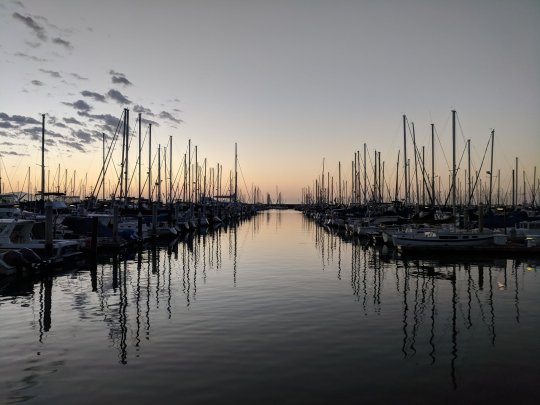




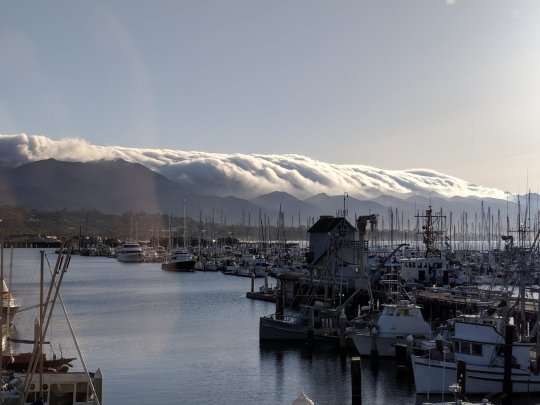


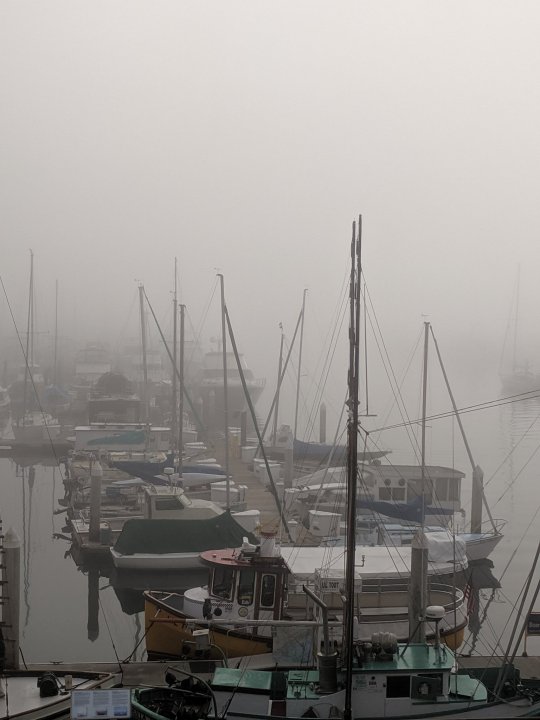


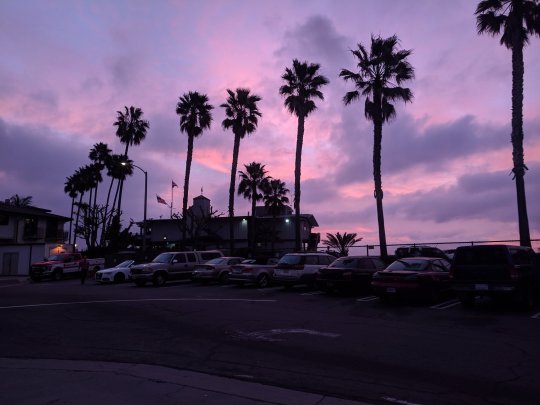
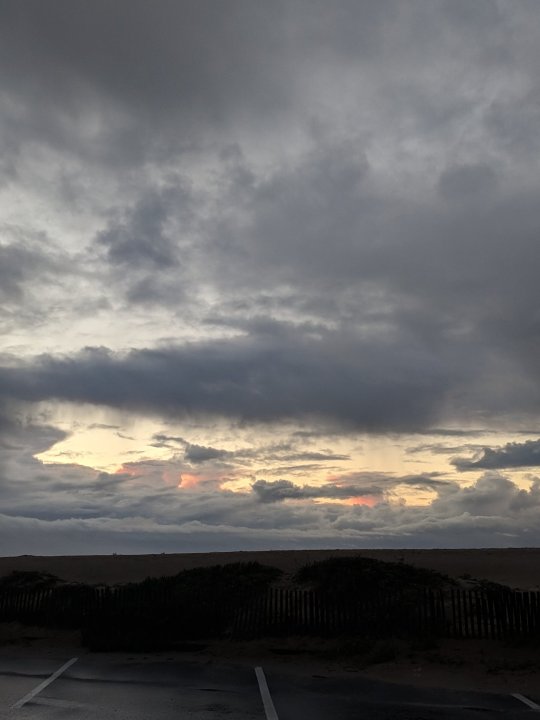








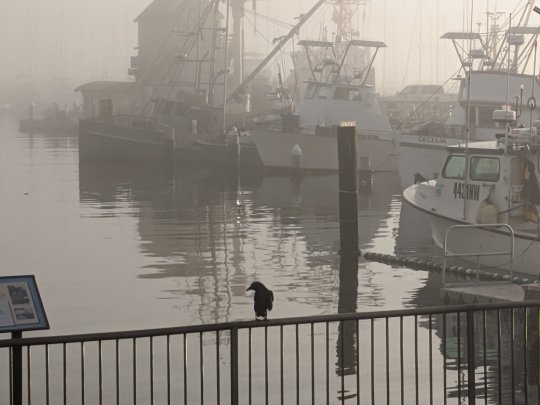
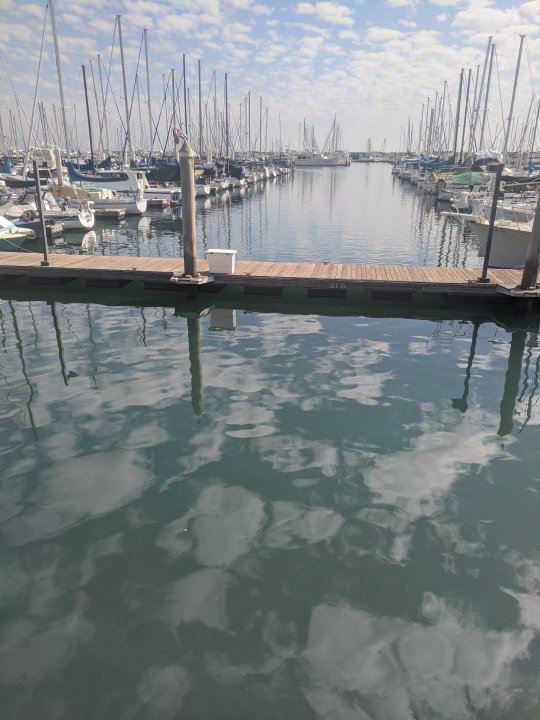


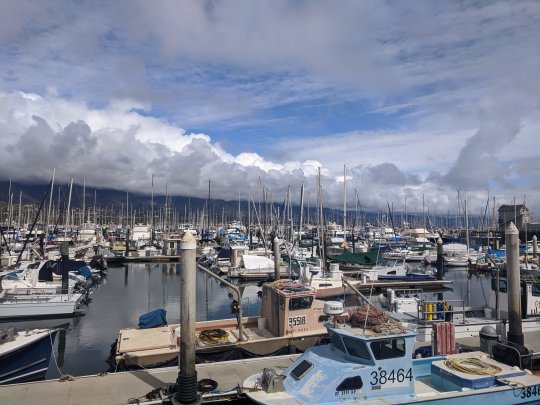

These photos were all taken by me at or on the way to the Santa Barbara Harbor between 2010 and 2020.
#photography#amateur photography#santa barbara harbor#sunrise#clouds#boats#santa barbara#california#unedited except for some cropping#fog#I really like fog okay#there are more fog photos but I hit the 30 image limit#Most of the really good sunrises are from October or November#I used to call it good cloud time#I used to lament not being able to really capture when the clouds would sometimes curl over the mountains like fingers#but I tried and a few of those attempts are here#The two that were taken from the side of the road represent dozens of sunrises that I failed to capture#because they'd faded by the time I reached the harbor
11 notes
·
View notes
Text
How Flight Simulator delivers maximum fidelity visuals • Eurogamer.net
Microsoft’s Flight Simulator is every bit as spectacular as we hoped it would be. Footage released to date has highlighted its almost photo-realistic approach to rendering – and yes, the game fully delivers there – but what’s more difficult to illustrate is the unprecedented detail level from the macro to the micro level, on a literally global scale. This is one vision for the next generation of graphics: it looks incredible but at a price: be prepared for daunting PC system requirements to deliver anything close to 60 frames per second on its highest quality presets. Flight Simulator will run relatively well on the hardware of today, but it’s designed to scale onto the PC components of the future.
Beyond the visuals, what I like about Flight Simulator is the level of accessibility. The basic gameplay is similar to previous series entries, albeit embellished with even more detail and simulation. Flying an Airbus A320 is complex in real life and can be just as complex in the game, but you can scale down the simulation input and automation to a level of difficulty of your choice: the easy mode is great to play with a standard controller, for example. However, the physics and world simulation remains the same, so don’t expect it to feel like an arcade game, it’s just less ‘manual’. The core gameplay loop is simple: it’s all about flying from place to place – and that simplicity is the game’s strength. For me, at its best, this game is very relaxing – I spent my more than 10 hours with the preview learning how to pilot the plane, exploring the planets and enjoying the sights. I did this for hours on end without really thinking about time – much like you might in the real world while hiking, for example.
At the technological level, the new Flight Simulation is built off of the simulation engine of its predecessor but with extensive improvements and a brand new rendering engine on top, architected by Asobo Studio. That’s the developer of the excellent A Plague Tale: Innocence, so it’s a studio with a pedigree in delivering bespoke rendering solutions – and the team has truly gone overboard with this one. Delivering the entire world in a game is no mean feat: the engine leverages satellite imagery or fly-by image scans as the basis for height and terrain texture data. An offline procedural generation AI then reads these textures based on their own parameters and properly populates terrain with materials, roads, buildings, bushes, trees and more based on brush set assets the team has made. After this step, the artists can go in and embellish specific locations with even more detail with photogrammetrically captured materials and textures. So, you can expect something a little more lavish with capital cities, specific culture heritage sites or natural landmarks.
To see this content please enable targeting cookies. Manage cookie settings
Breathtaking visuals – Digital Foundry’s video breakdown of the incredible Flight Simulator 2020 preview.
When playing the game, you’re essentially looking at an extremely high resolution image of the entire globe in 3D – think Google Earth but of a much higher quality. Conceivably, we’re looking at multiple terabytes of texture and height map data that you’d never have the hard drive space to store to deliver the achieved effect. The developer’s solution is ingenious. This is a simulator and therefore the speed of flight is accurately depicted – and it’s rather sedate by arcade standards, of course. Using a base mesh and textures, the game utilises your internet connection to stream even higher quality terrain data onto your PC as you play, via the Azure cloud. It is a novel way to boost the game’s fidelity and diversity that I’ve yet to see in any other release. This is indeed a fully fledged ‘power of the cloud’ implementation that delivers something that just wouldn’t be possible to the same fidelity with a conventional download. It���s a system that’s also relatively efficient: over 10 hours of gameplay, I noted downloads of around seven gigabytes in total.
It’s not just environment detail that’s streamed in either. Flight Simulator also accurately renders the real-time world location of actual planes in your vicinity. Weather is accurately simulated based on other real world data too, down to thunder storms and cloud rendering. The aim is to represent real world flight and weather conditions 24/7 – it’s ambitious, it’s unique and it works. In terms of rendering that weather, the engine delivers near and distant fog, light scattering and cloud volumetric coverage to cover the wide variety of weather scenarios the game presents. Flight Simulator is – obviously – a game about altitude and as around half of the screen is typically rendering the sky, a lot of the rendering budget is spent here.
Massive volumetric cloud formations stretch as far as the eye can see with no visible detail transitions or ‘pop in’. Clouds cast shadows onto themselves, onto clouds below them and onto the ground, while they form and dissipate based upon wind and weather conditions. On ultra settings the volumetric clouds are of such a high resolution, the realism is breathtaking. When the atmospheric rendering, clouds and light combine it leads to something very special.
Lighting and cloud rendering is sublime. Yes, this is indeed a real-time screenshot. And yes, the HDR support is stunning.
Terrain below the clouds is also given a great attention to detail with bushes, trees, buildings, roads stretching out very far into the distance on the ultra settings. On a technical level, some areas hold up better than others depending on the quality of the satellite data driving them – or whether or not they use streamed in photogrammetric assets, but on the whole most locations hold up beautifully. Flying close to the ground outside of cities reveals highly detailed assets, right down to individual blades of grass. Needless to say, at altitude, the results are almost photo-realistic. Not only that, but the world is not static below you. Cities have their own day-night cycles with rendered cars and buses flowing through their streets, with thousands of light sources and other dynamic elements that all affect the volumetric light rendering in the game. If you fly over a city at night, you can even see the bottom side of your jet or plane being ambiently lit from the glow city below you. Needless to say, the aircraft and cockpit rendering is second to none too. Ray tracing is mooted for a future upgrade and I’m fascinated to see how that pans out.
However, a generational leap in fidelity obvious comes at a cost. On a Ryzen 9 3900X with an RTX 2080 Ti, ultra settings at 4K means frame-rates in 30-40fps territory for most of the time. Variability in frame-rate depends on how close to the ground you are, or how close to the clouds you get. The cloud system, for example, is very heavy on the GPU, while low altitude flying at ultra is more CPU-intensive, to say the least. But fear not, because Flight Simulator scales very well both on the GPU and CPU, based upon various graphics options they offer here.
We’ll go into more depth with an optimised settings selection when the game actually launches, but there are some easy wins here. For example, in a completely CPU-limited scenario I could double performance by dropping down to the lowest settings from the highest – so there is definitely some granularity for CPU scaling in these options. At 4K, in GPU-limited situations, dropping from ultra to high settings increased performance by 32 per cent, rising to 61 per cent if you opted for medium settings. I intend to look at each setting in a more granular way, but right now, I think the high preset offers the best visual bang for the buck: the hit to visual quality is minimal and the performance increase is palpable. The internal resolution scaler is also worth looking at – particularly as it may well be using image reconstruction when set to lower than 100 per cent. For a mainstream PC, dropping to 1080p at medium settings saw a Core i5 8400 system equipped with GTX 1060 or RX 580 running in the 30-40fps window, with Nvidia having a very significant 25 per cent performance advantage. I’d hope to see some settings magic from AMD here, as it seems that its Polaris champion is under-performing somewhat.
As you would expect, cockpit rendering is astonishingly good. Note the excellent use of screen-space reflections on glass to the left.
But the point is that this is basically a next-gen game with a different, more taxing hardware requirement and while the scalability is there to run the game well enough across a range of hardware, you are not seeing it at its best on a mainstream level PC. With that said, like Red Dead Redemption 2 before it, the medium settings here are honestly better than many games out there in terms of the quality of the overall presentation, so it’s just as much about scaling your perception of the quality settings with a game where ‘medium settings’ looks better than many running at ultra.
In my short time with this preview version of Microsoft Flight Simulator, I have seen a level of ambition and craft that is monstrously high. I think the developers have done a good job in terms of graphics scalability (though I really would like to see Nvidia DLSS support for a welcome step-up to performance) but it’s important to note that Flight Simulator also stresses your CPU too, something that may improve in the future as the game transitions from the current DirectX 11 renderer to DX12.
But ultimately, what I loved best about Flight Simulator is that it genuinely feels like a PC exclusive. Yes, an Xbox version is coming, but the game is built primarily for the PC and the immense plurality of hardware supported by the platform, something that goes beyond CPUs, GPU, keyboards and mice. I played with a controller, a mouse and keyboard, HOTAS, a flight yoke with pedals – everything. The game automatically recognises each input system and has default mappings for almost everything, just like the great flight sims before it. The flight yoke with pedals and throttle was the best and most enjoyable way to play the game due to how sturdy and precise it is, but even a basic Xbox 360 controller was very relaxing on the easy difficulty setting.
The game maintains this level of support while also being intuitive to customise: you can edit every single thing you can think of in the game view window itself, turning off widgets and moving their location around like an RPG game of old or a military sim. In this respect, it is simply incredible. You can play via a third-person camera, first-person, or you can watch your plane fly around in a free camera with no restrictions, moving multiple kilometres away if that’s what you feel like doing. This isn’t just a game and I feel that it’s much more than a simulator. In more than one sense of the word, this is a journey – and it’s a beautiful one.
from EnterGamingXP https://entergamingxp.com/2020/07/how-flight-simulator-delivers-maximum-fidelity-visuals-%e2%80%a2-eurogamer-net/?utm_source=rss&utm_medium=rss&utm_campaign=how-flight-simulator-delivers-maximum-fidelity-visuals-%25e2%2580%25a2-eurogamer-net
0 notes
Text
Pebble Beach Concours d’Elegance- All Out of Superlatives
This year marked the 70th Anniversary of the famed Pebble Beach Concours d’Elegance, an event so well known and regarded among automotive types that simply saying “Pebble” is the only indication one needs in order to know the topic of conversation has changed. The Pebble Beach Concours is less of an event and more of a series moments and memories. It’s not typical by any stretch. If you want the full experience, you have to join the Dawn Patrol, which means getting up no later than 4am (if you are in the Monterey Peninsula) and driving through the dark Del Monte Forest, to a far off parking lot. Step two, shuffle along, half addled, in a pre-caffeinated state to the shuttle to the main entrance. (Keep in mind that coffee shops aren’t open that early and that none is for sale at the event till closer to 9:00…you’ve been warned.) From there it’s all down hill, literally, still in the pitch black to the gates of the garden. The light becomes barely visible on the horizon and then is starts. The Dawn Patrol begins its trek to the 18th Green. One by one, they (each entry led by staff in a golf cart) drive in under their own power and take their position for the judging that will occur. From the priceless to the historically significant it is an automotive spectacle unlike any other.
This year was different for us. From the beginning of our Car Week planning, which basically began on the drive home from Pebble Beach last year, we intended to expand our coverage of Car Week but we weren’t 100% sure how to accomplish that with limited time and personnel (us) to do it all. As it turns out though, the solution was with us all the time. It just took us some time come up with a workable plan.
We are pleased and honored to welcome to The Loud Pedal, two of our favorite photographers who both agreed to share with us their Pebble Beach experiences and photos. We were “virtual” fans of Angela Weaver’s general automotive and track photography long before a chance pre-race encounter/meeting at Starbucks began a real friendship that has grown over the last few years. We met and befriended David Barnes at Sears Point over 20 years ago. Over the decades, David evolved from being our big lens hero to a two Leica packing master of composition and detail.
Like we said before, Pebble is not “just” an event. It's a series of moments that rapidly changes as the sun further rises, the fog burns off and the crowds go larger. In order to really “get” the whole event, whether it’s your 1st or 10th time, you must begin by focusing on every minute detail of the event and then take some time to zoom out to see the bigger picture. Please take some time to read Angela’s and David’s reflections on this year’s event, and enjoy the two separate galleries they’ve both prepared.
Angela Weaver (MotorFocused.com) (Instagram):
This was my first dawn patrol, and I was surprised to see how busy it was at 5:30 in the morning. I expected a calm and peaceful atmosphere, but things were in full swing and I felt that I had to get the hunt underway. There was so much energy and excitement. I went on auto pilot and fed off of everyone and every thing that was happening around me.
The Lamborghini Miura was part of the game this year and was one of the featured groupings on the lawn. The Miura has always been one of my favorites. There was a Miura, restored by Polo Storico, that seemed a bit like a Lamborghini that hit an issue of Super Street back in the 90’s. They added everything that they could think of, which made for a very interesting addition to the show.
I was surprisingly intrigued by a 1910 Packard 30 Gentleman’s Roadster. It had been well used, and exuded character from every seam. I initially assumed that it was unrestored, but discovered that it was restored 60 years ago. It featured a bronze horn, a well worn top, chipped wooden wheels, and kerosene side lights! It is so far beyond my automotive imagination, I felt like I was in a movie.
Venturing up from the lawn, outside of the show, the Ferrari display left me speechless. Just when you thought that it couldn’t get any better…..there were two 250 GTO’s, parked side by side, just as they were in Le Mans in 1963.
I had a personal connection to the F40 in the Ferrari display, because I had gone on an adventure prior to car week to release it from it’s shipping container. I’d also had the opportunity earlier in the week to photograph an Alfa GTV for Revival Road Co., and a friend was unloading an F40 that he was storing that had just arrived in a shipping container. It was a challenge to say the least.
There were literally only a few inches on each side of the car as it sat in the container. The shipper had nailed boards in front of, and behind each tire. Of course, the battery was dead. We had to find a way to remove the nailed boards, obviously without damaging the car. None of us had previous experience with a F40, so it took a while to figure anything out, down to opening the clam shells to better access the boards. About 1 hour 15 in, we finally started to roll it out of the container. There were additional challenges with the ramps, and finally we found a second battery switch, turned it on, and it roared to life. It was as beautiful as the project to release it had been stressful. It’s not every day that you need to squeeze an F40 out of a container.
Back to the concours. It’s interesting to watch all the participants prepare their cars after the drive in. All of the attention to detail is fascinating. Brushes to the tire tread and between each wire in the engine bay…I feel like I would never think of everything, but Pebble reveals many things that were never thought of before. I have such a massive amount of respect for the people that chose to enter a car to be judged and the commitment that it takes.
Angela Weaver Gallery
David Barnes (Instagram)
This year, TLP challenged us to find ways to make our readers gasp in awe and be pulled into the images gently, but firmly by both lapels. This series of images offer the viewer a glimpse not often captured at the world’s preeminent automotive event.
The high perspective conveys the magnitude of the Pebble Beach Concours. Like gravitational pull from a large celestial object, this 195X Ferrari drew the admiration from what seemed like the entire 18th green.
My heart skipped a beat taking in the lines of this 1956 Ferrari 250GT Zagato Berlinetta Speciale (GTZ), with trademark Zagato Double-Bubble roof. Just six of these cars were produced, and only 3 featured the Zagato Double-Bubble roof. The chassis was from a Ferrari 250 TdF.
Many consider this Aston Martin amongst the most gobsmacking Zagato designs of the 1960s, and place it on their list as unmitigated perfection on wheels. In this era, Aston Martin desired a car that could rival the Ferrari 250GT in the Word Sports Car Championship, so they put the team at Zagato to task. A 1962 Aston Martin DB4GT Zagato became the most expensive British car when sold at auction in 2015 for an astonishing £9.45 million. Only 19 DB4GT’s were produced by Zagato.
David Barnes Gallery
Cover Image: Copyright David Barnes, 2019
Well, we hope you have enjoyed these words and images from this year’s event. We’re grateful for our friends, their talents and their reflections, which enabled us to still share the magic of the Pebble and to change up our Car Week routine a little. We obviously missed one helluva show and we’re looking forward to next year’s event. We can’t overstate enough the majesty and magic of Pebble Beach during Car Week at a time where it has to compete with dozens of events that hit the peninsula during the weekend. As much as the participants strive, sometimes for a lifetime to be accepted in the show, being spectator is just as exclusive. Until next year.
-The Loud Pedal
0 notes
Text
He was wearing a vest marked ‘PRESS.’ He was shot dead covering a protest in Gaza.
By Loveday Morris, Washington Post, April 7, 2018
GAZA CITY--Yaser Murtaja had often filmed from the sky, but he never lived to fulfill his dream of flying on an airplane through the clouds.
The young journalist shot drone images and video for Ain Media, a small Gaza-based news agency he started five years ago. Just two weeks ago, he posted an aerial photo of Gaza City’s port on Facebook. “I wish that the day would come to take this shot when I’m in the air and not on the ground,” he wrote. “My name is Yaser Murtaja. I’m 30 years old. I live in Gaza City. I’ve never traveled!”
It was one of his last posts.
Murtaja, who was married and had a 2-year-old son, died Saturday after being shot the day before while covering protests at the edge of the Gaza Strip.
His work had appeared on networks such as Al Jazeera, and in 2016 he worked as a cameraman for Ai Weiwei’s documentary, “Human Flow,” which covered the global refugee crisis, including Palestinians in Gaza. The Chinese visual artist posted photos of Murtaja on his Instagram account on Saturday.
Murtaja had tried tirelessly to see beyond blockaded Gaza, including to travel for a training course with Al Jazeera in Doha, Qatar, but he never managed to leave, friends and family said.
Only a tiny proportion of the 2 million Palestinians in Gaza are ever able to get out due to tight travel restriction by Israel--which says such limitations are necessary for security reasons due to the militant group Hamas controlling the area--and only sporadic opening of the Egyptian border. For many young people, the 140-square-mile strip of territory on the Mediterranean is the only world they know.
Murtaja was laid to rest Saturday in the land he never left. His body was carried through the streets of Gaza City draped in a Palestinian flag and the blue-and-white vest marked “PRESS” that he was wearing when he was shot.
Murtaja, whom friends and family described as ambitious and always smiling, was one of nine people fatally shot on Friday after Israeli troops used live ammunition as tens of thousands of Palestinians gathered to protest at the heavily guarded boundary with Israel.
Five other journalists were injured by live fire, as well, according to the Palestinian Journalists Syndicate. They were clearly identifiable as journalists, the syndicate said, raising further questions over Israel’s insistence that its use of snipers on the crowds at the border is carefully targeted.
The Israeli military said it fired live rounds in a “precise, measured way” as part of its mission to protect Israeli communities near the fence. It said it does not intentionally target journalists and that the circumstances in which the journalists were allegedly hit by Israeli fire were “being looked into.”
The Palestinian journalists were at the border covering the latest of the six-week-long “Great March of Return” protests at the border.
The majority of the crowds have been peaceful at the mass rallies, which have drawn first-time demonstrators, as well as families, in what appears to be a wide cross-section of Palestinians in Gaza. However, crowds of largely young men nearer to the fence have thrown rocks and molotov cocktails.
Israel says that shooting is a last resort used to protect its border fence, its soldiers and Israeli communities from “violent rioters” and attacks. But the use of live ammunition against the protesters has been widely criticized by human rights groups, who argue it is illegal.
More than 1,000 people--including nearly 400 on Friday, when a 14-year-old boy was also among those killed--have been shot over the past week, according to the Palestinian Health Ministry in Gaza.
While the Palestinians’ numbers are difficult to fully verify, accounts of paramedics, medical officials, surgeons, hospital logs and the sheer pace of gunshot injuries coming from the crowd at points during the protests have all pointed to high figures. Most of those injured with live ammunition were shot in the legs, medics say.
On Friday, thousands of tires were set ablaze, creating a thick black fog that protesters hoped would guard them from the Israeli snipers.
Shady al Assar, 35, who was with Murtaja just before he was shot, said they were about 100 meters from the border at Khan Younis, in the southern Gaza Strip, when he lost sight of his friend in the thick black smoke. Assar said he picked up his camera to photograph an injured person being carried toward him before realizing it was Murtaja.
Murtaja was wearing a helmet and a protective jacket, according to multiple journalists who saw him. However, the bullet entered his side, rendering the protective plates on his front and back useless, they said.
“He was kind, gentle and caring, eager to become the best journalist he could be, because his aim was always to document the Palestinian people’s suffering,” said Rori Donaghy, a Middle East consultant and former news editor at the Middle East Eye website, who spent time with Murtaja in Gaza. “It’s really sad.”
Of the five other journalists who the reporting syndicate said were injured Friday, several were freelancers, while one was shooting for the European Press Agency, and another worked for the Hamas-affiliated television channel Al-Aqsa.
0 notes